BFF of the week is a 1959 Chevrolet Impala 4-door.
This find includes not one, but two nearly complete cars! The black model is a runner with a good powertrain, including the top-dog 315hp big-block 348 c.i.d. Turbo-Thrust V8. The Delft Rose model is a parts car with no powertrain, but a decent interior, good glass and some useable exterior trim pieces for completing the restoration project which the current owner abandoned.
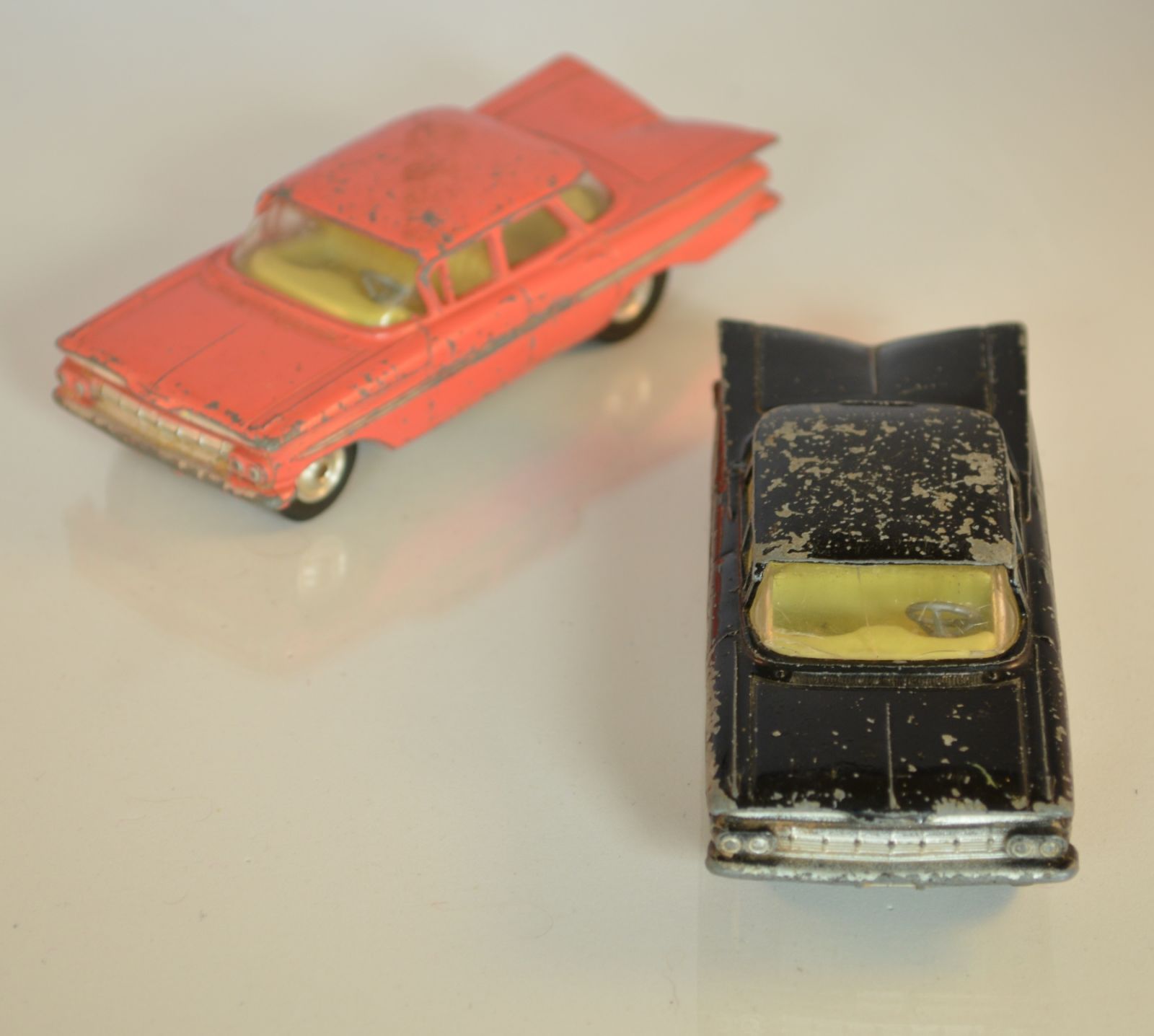
Corgi History
First released in December 1959 as the State Patrol version, Corgi Toys released this civilian Chevrolet Impala in January 1960 in 4 colours. This casting was re-released as in June of 1960 in a Yellow Cab version painted in NYC Yellow Cab livery. In January 1963 a Fire Chief version was released and a later release in the mid-’60s of the State Patrol version included a single red bubble-gum machine flashing light on the roof.
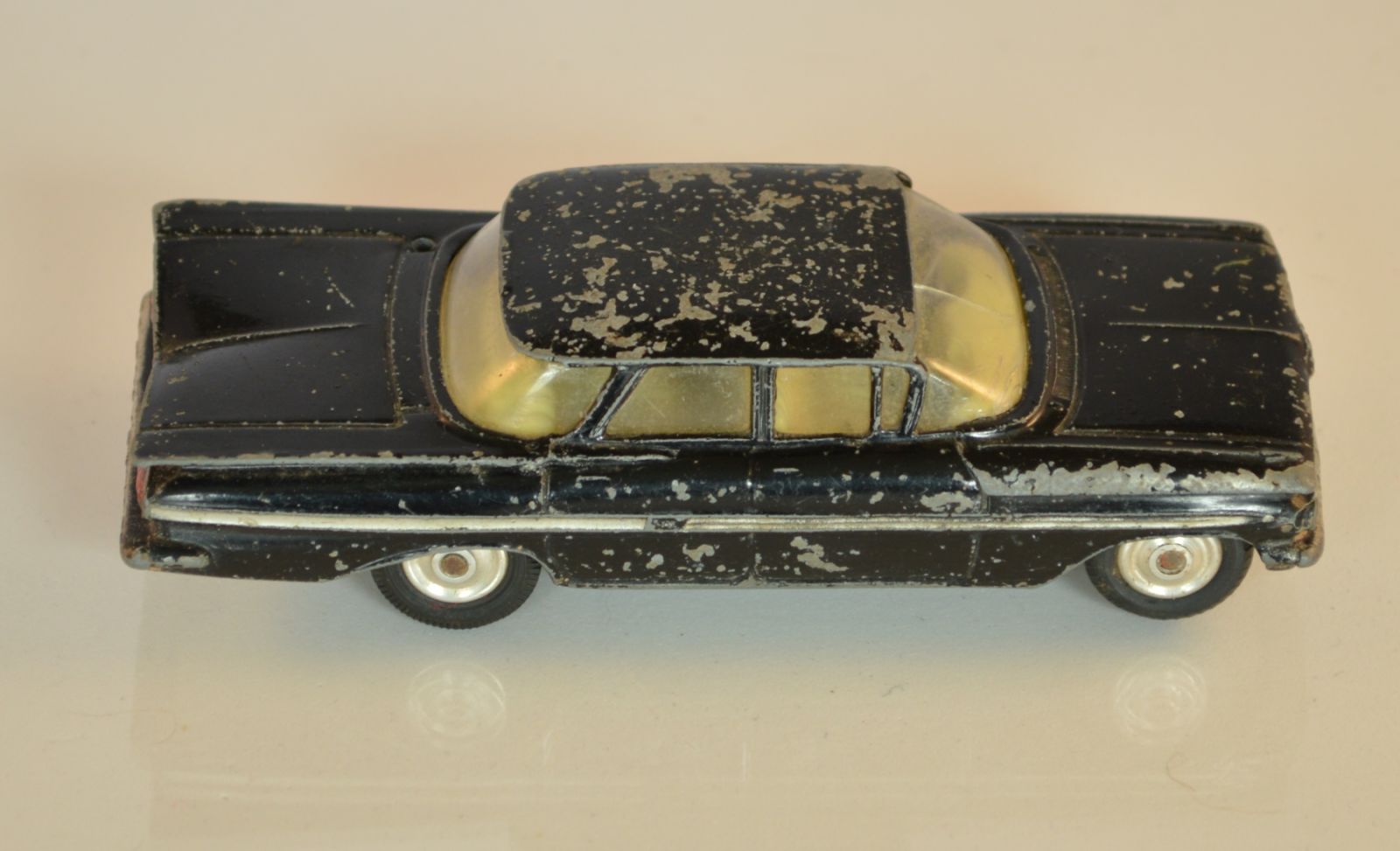
Impala Inception
The Impala name was first used for the full-sized 1956 General Motors Motorama show car that bore Corvette-like design cues, especially the grille. Painted emerald green metallic, with a white interior, the Impala featured hardtop styling. It is not known to have survived.
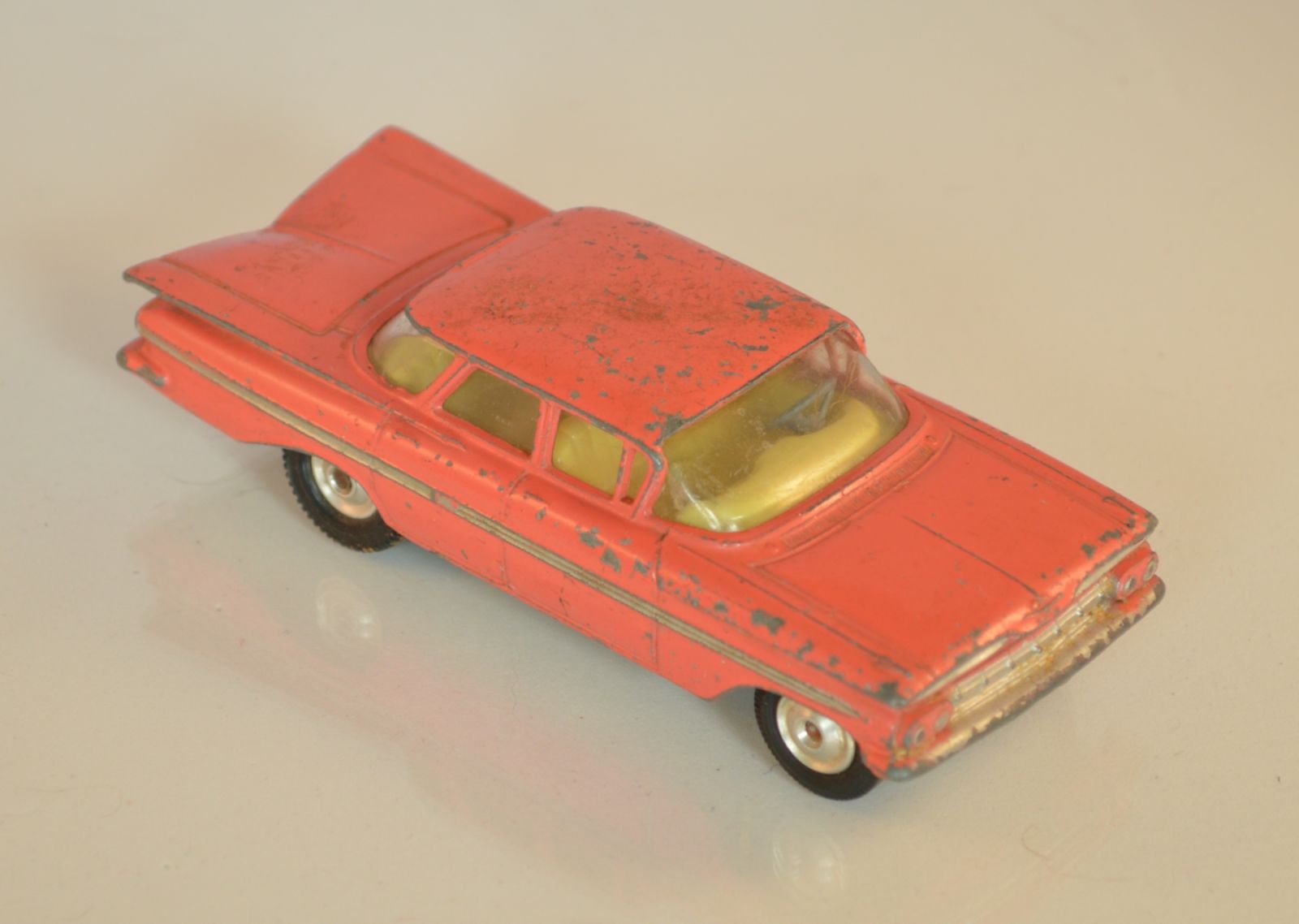
First Gen, 1958
The Impala was introduced in 1958 positioned as top-of-the-line Bel Air coupes and convertibles. From the windshield pillar rearward, the 1958 Chevrolet Bel Air Impala differed structurally from typical Chevrolets. Hardtops had a slightly shorter greenhouse and longer rear deck, giving the impression of an extended body. The wheelbase of the Impala was longer than the lower-priced models, although the overall length was identical.
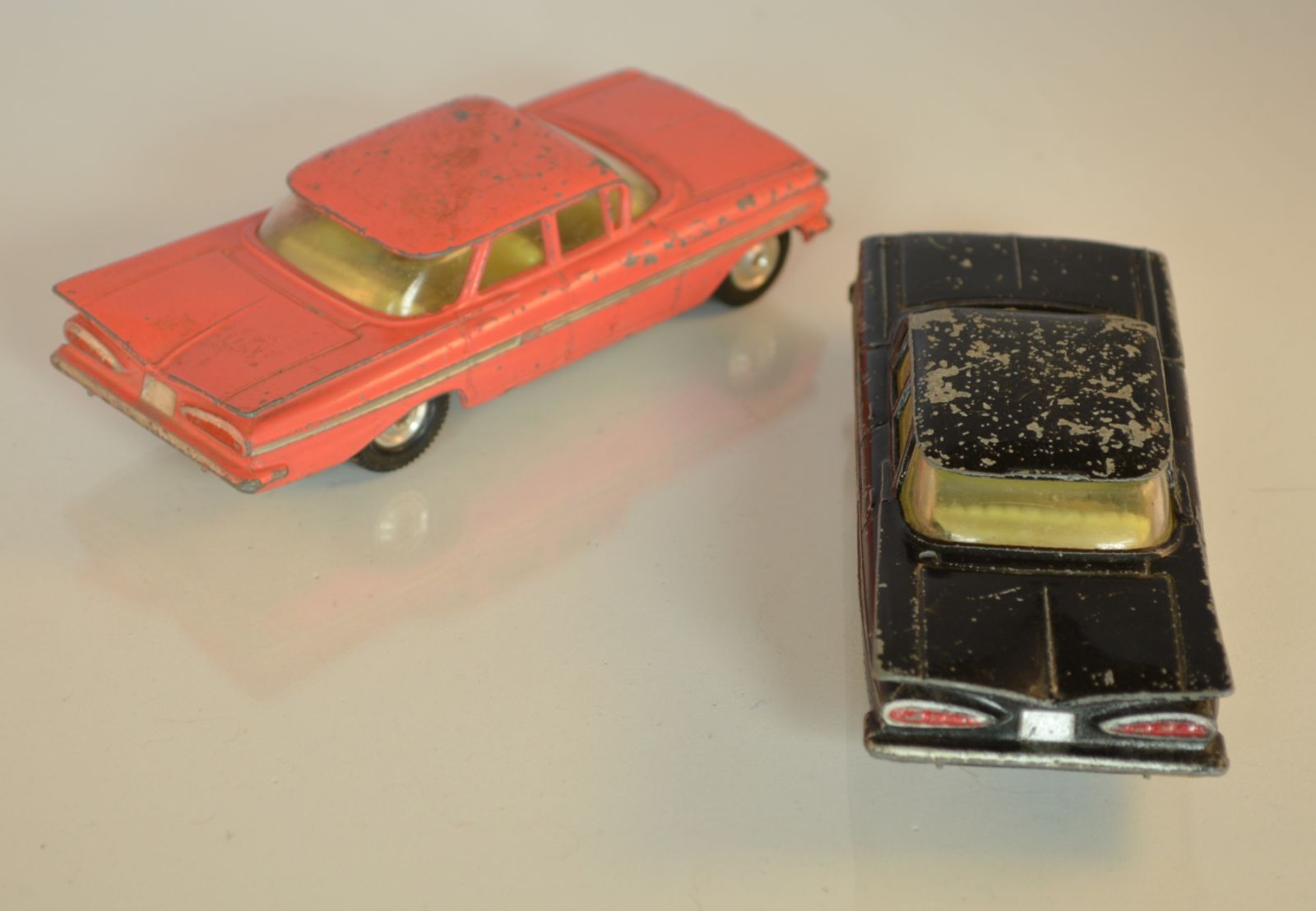
It was a change from the 1955-1957 shape, which, in turn, was a substantial move away from the conservative Chevrolets of past years — longer, lower, and wider than its predecessors. The sharp tailfins of the 1957 gave way to deeply sculptured rear fenders. Three taillights on each side would become an Impala hallmark whereas lesser models had two and wagons just one. Special crossed-flag insignias sat above the side moldings plus bright rocker moldings and dummy rear-fender scoops. 1958 was the first year of dual headlamps.
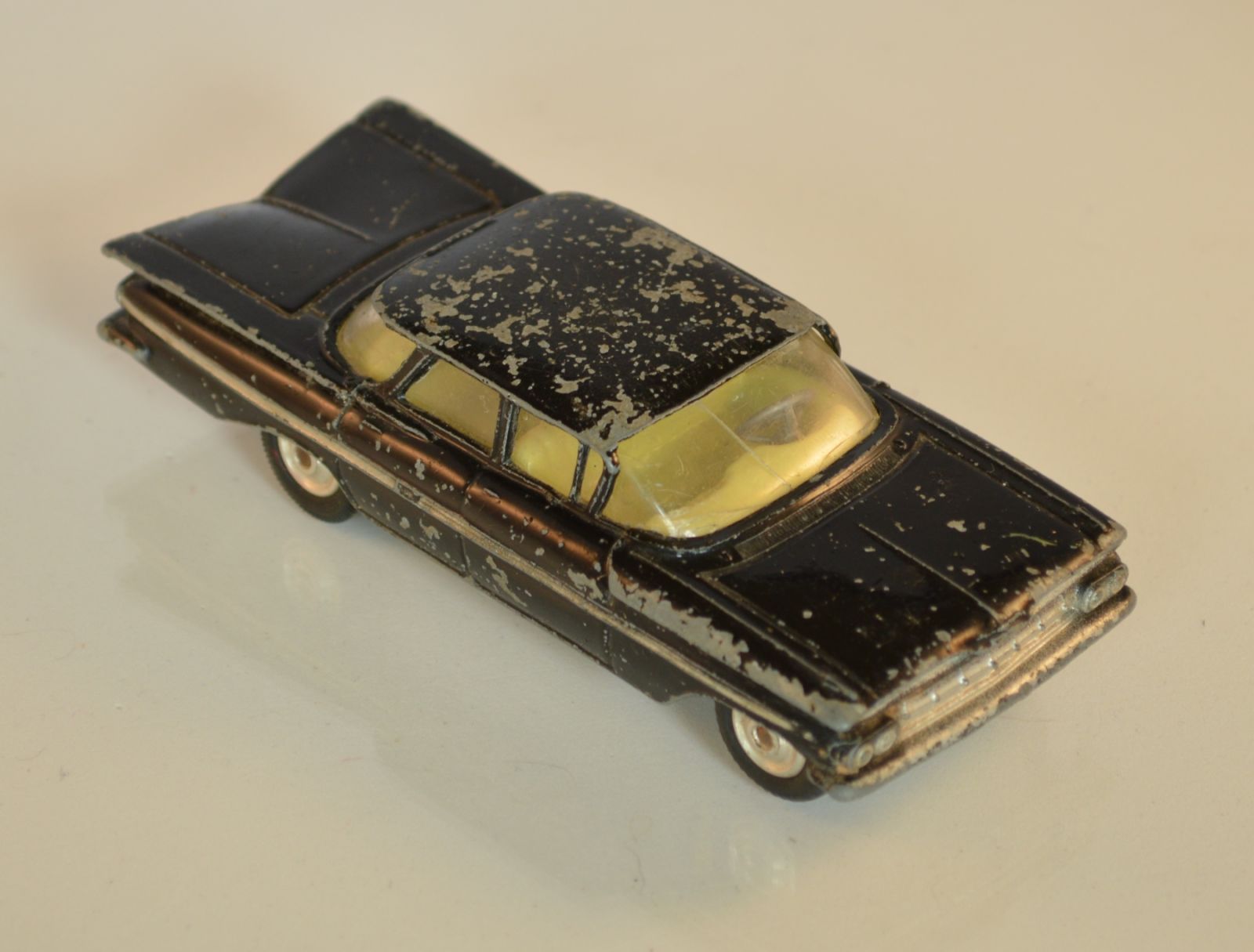
Second Gen, 1959-1960
The 1959 Chevrolet Impala was radically reworked. Sharing bodyshells with lower-end Buicks and Oldsmobiles as well as with Pontiac, part of a GM economy move, Chevrolets rode a wheelbase 1-1/2 inches longer than before. Atop a new X-frame chassis, roofs sat three inches lower, and bodies measured more than two inches wider overall. The growing size contributed to increased curb weight, one more trend of the times. Its tailfins protruded outward, rather than upward. Chevrolet replaced the triple-taillight rear style this year with a very large, single “teardrop” taillight at each side.

Impala was now a separate series, including a four-door hardtop and four-door sedan, as well as the two-door Sport Coupe and convertible. Sport Coupes featured a shortened roof line and wrap-over back window, promising a “virtually unlimited rear view” to complement the car’s new compound-curve windshield. The hardtop Sport Sedan had a huge, pillar-free back window and “flying wing” roof line. Base V8 was the carryover 283 cu in at 185hp. Performance fans could select 283 cu in outputs to 290hp – or turn to the big-block 348 cu in V8 up to 315hp. With a V8, the Impala convertible listed at $2,967, but a six-cylinder version saved the customer $118. Impala interiors flaunted their top-of-the-line status, offering front and rear armrests, an electric clock, dual sliding sun visors, and crank-operated front ventipanes. A contoured instrument panel held deep-set gauges, residing below hoods to prevent glare. A Flexomatic six-way power seat was a new option, as was “Speedminder”, a device that allowed the driver to set a needle at a specific speed; a buzzer would sound if he exceeded this pre-set speed.